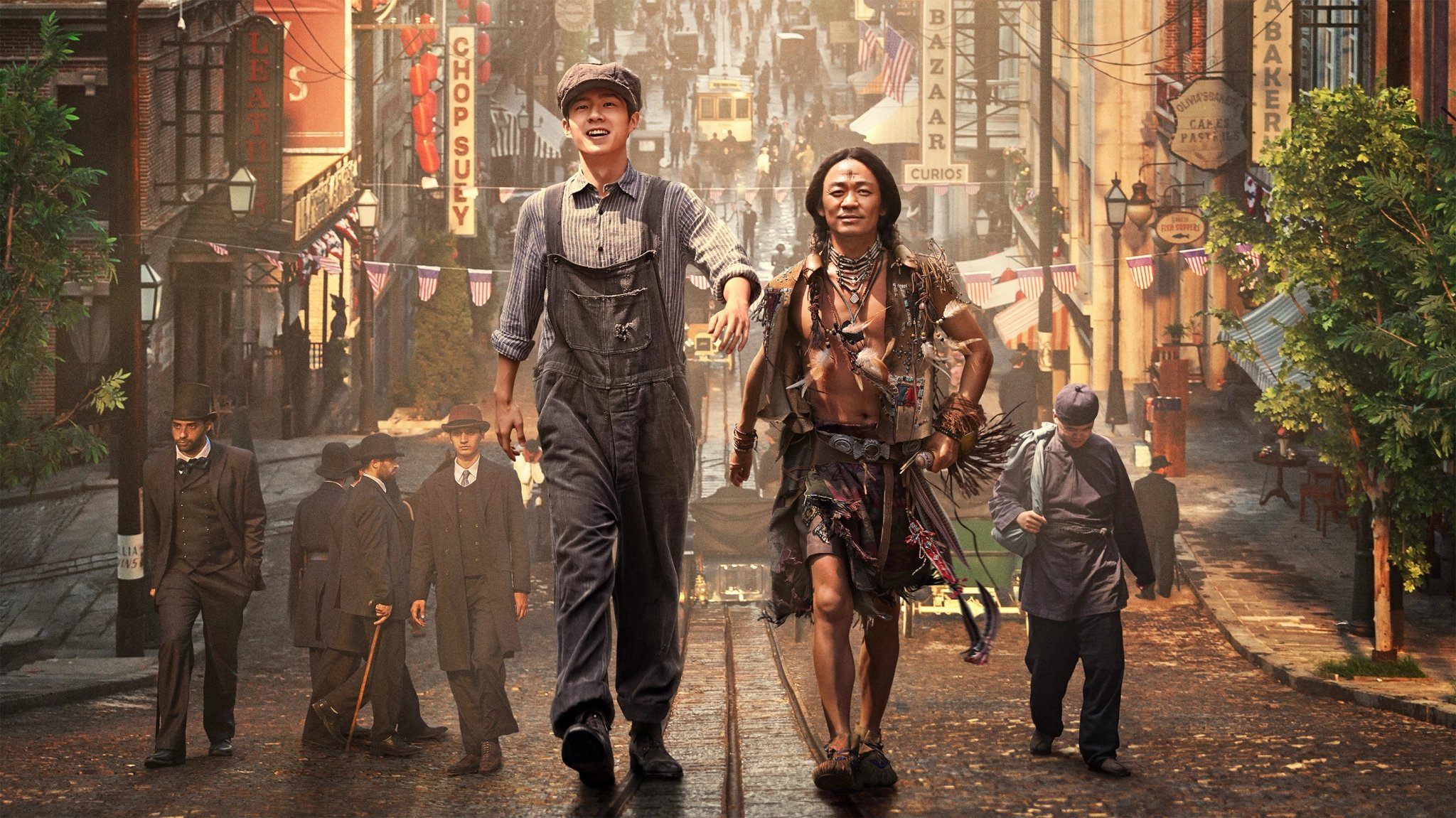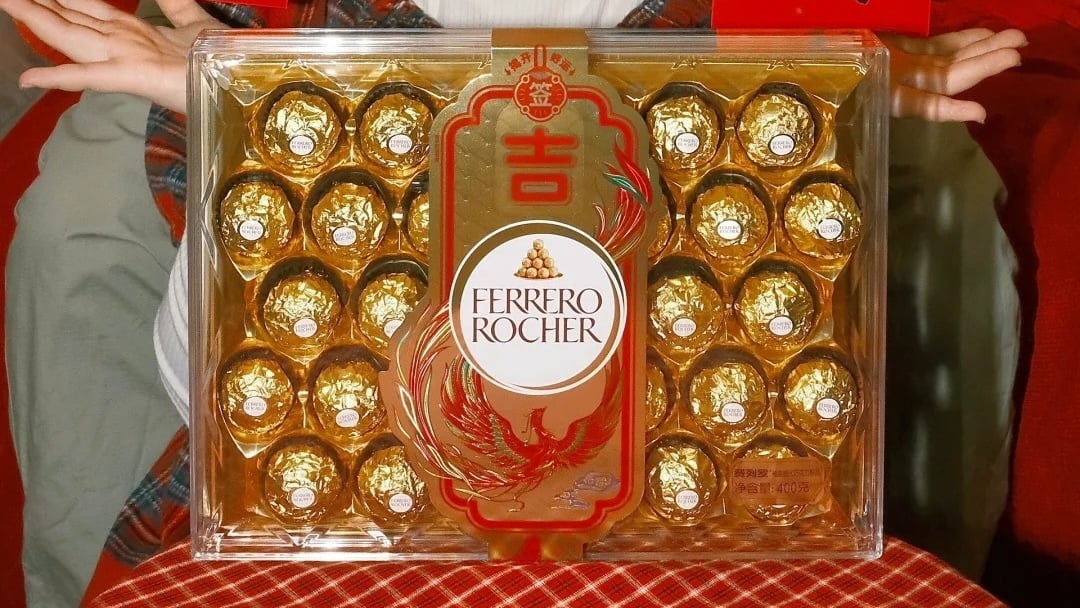Young China Plates is a monthly series in which we digest food and drink trends making the mouths of Chinese youth water. This month, we explore tea culture, which enjoys thousands of years of history in China. Drop us a line if you have suggestions for a future article.
On a sunny day in Chengdu in China’s southwestern province of Sichuan, I walk into Proper Tea, a small but welcoming teahouse. I am greeted by the enticing scent of roasted charcoal mixed with rich dark chocolate. Finding a decent place to drink tea has taken me a while, but the search was well worth it.
In 1909, the city of Chengdu, which popularized teahouse culture around the 20th century, was home to 454 teahouses spread out among its 516 streets and alleys. However, tea shops are much less popular these days.
In fact, you’re more likely to chance upon a hipster cafe or coffee shop in some parts of the city. Even in a proper teahouse, customers seem to care more about playing mahjong and less about relishing their cups of tea.

Chinese tea leaves were often grounded into a powder form in the Song Dynasty, similar to Japanese matcha. Image courtesy of Leo Liu
A beverage dating back centuries, tea has been discovered in Han Dynasty (202 BC – 220 AD) tombs, but it wasn’t until the Tang Dynasty (618 – 907) that Lu Yu, known as the sage of tea, penned the first book about the beverage, the Ch’a Ching or The Classic of Tea.
Although tea faces stiff competition from today’s numerous contemporary and imported drinks, some young tea lovers in Chengdu are endeavoring to revive the traditional tea-drinking culture in China.
Proper Tea Culture for Young Patrons
To my surprise, Proper Tea has its fair share of young customers, not to mention the two youthful shop owners.
I order a rock oolong, a charcoal-roasted oolong tea from the Wuyi Mountains in the Southeast China province of Fujian. Co-owner Wu Qiong serves me my brew in the traditional gongfu style, which literally means ‘making tea with skill.’ It’s a slow, ritual, and methodic tea ceremony aiming to make the most flavorful and enjoyable tea possible.

Proper Tea’s tight-knit community of tea-lovers makes for a large part of its appeal. Image courtesy of Proper Tea
Both Wu and her business partner Qiao Jie, a young woman in her 20s, assure me that many Gen Z customers frequent their teahouse.
“They like the vibe and sense of community here,” Wu and Qiao tell RADII. “They don’t feel any pressure at our shop and can just relax and enjoy their tea and company.”
The teahouse also boasts a virtual community for whom Qiao regularly hosts live tutorials. She spends these sessions educating her viewers on the nuances of tea and the gongfu tea ceremony.

Livestreams about various tea-related subjects are a weekly occurrence at Proper Tea. Image courtesy of Proper Tea
In fact, my visit coincides with one of the livestreams. After wrapping up her video, Qiao invites me and several regulars to sip tea together outside the shop.
Loyal patron Tang Mengrui tells RADII that she is drawn to Proper Tea’s close community and homey environment. “The owners are friendly and know their tea; plus, they’ve created a clean and cozy space here,” says the 20-something-year-old.
Sure enough, to chance upon a warm, genuine community in an increasingly fast-paced world feels like something special. It also doesn’t hurt that Proper Tea is, as its name implies, a connoisseur of top-notch tea.
The More You Learn, the More You Love
Hailing from the Southwest China province of Yunnan, the fabled birthplace of tea, Leo Liu grew up surrounded by tea. It wasn’t until college, however, that Liu learned to appreciate its rich culture.
Determined to spread his love of tea to others worldwide, Liu opened a bilingual teahouse a few years ago. Chengdu was his location of choice, given the city’s teahouse culture, laidback vibe, and popularity with expats and travelers.

Leo Liu’s bilingual teahouse Ming. Image courtesy of Leo Liu
In addition to introducing different types of tea to his diverse customers, Liu also hosts tea-themed educational events to promote the beverage.
One particularly popular event revolves around Song Dynasty dian cha, a traditional tea preparation method that later inspired Japan’s matcha tea ceremony.

Liu (in the middle) often hosts educational events to spread his tea knowledge. Image courtesy of Leo Liu
Liu believes that by experiencing such tea customs for themselves, more and more youth will eventually learn to appreciate tea.
“It is natural for youth to be attracted to fashionable drinks such as coffee or milk tea. But even milk tea can be a gateway to falling in love with tea,” says Liu, who adds:
“Most people just need that moment of discovery where they truly fall in love with tea. We don’t need to push it. Interest comes naturally with time.”
Fellow tea lover Yu Liu echos Liu’s sentiments.
“Sometimes, you forget about it [tea] because it’s such a daily part of our lives,” shrugs the young woman in her 20s. Based in Europe, the Sichuanese youth admits to having picked up the habit of drinking coffee, even if she still loves tea.
Yu started drinking tea regularly at college. For her, the drink is synonymous with spending time with friends, relaxing, slowing down, and de-stressing. While most of her friends prefer drinking milk tea and other non-traditional tea beverages, Yu still recalls the moment she truly fell in love with tea.
“In my college days, my dad once took me to a teahouse where we had an exceptional tea. It was really fragrant oolong from the Wuyi Mountains. That was the first time I realized that tea could be so good.”
Tea Culture Meets Liquor
Proving that you can have the best of both worlds, Reverse operates as a teahouse during the day and a bar at night.
On my first visit, I order a cocktail infused with oolong tea from the Wuyi Mountains. I ask the bartender for an extra shot of the oolong infusion so as to enjoy a more robust tea flavor. The infusion conjures a sensory image: That of eating dark chocolate next to a toasty campfire. The overall result is a cocktail that truly shines.
I come back the next afternoon to meet up with 26-year-old bartender Cai Ming and his friend Guo Bing, who works at another bar called Lotus.

Cai’s signature green-tea-infused umeshu cocktail is called the Ichigo Ichie. Coined by Japanese tea master Sen no Rikyū, the phrase means ‘to treasure the unrepeatable nature of a moment.’ Image courtesy of Cai Ming
“To tell you the truth, I didn’t drink much tea before coming here [Chengdu],” says Cai, who moved from Northeast China to the capital of the Sichuan province to become a better bartender.
“I’m constantly learning. There is a lot to explore with tea and cocktails, as the world of tea is very profound.”
Particular pairings, such as gin with jasmine tea or whiskey with black tea, appeal to the young bartender.
“The flavors and aromas just mesh really well in these two cases,” explains Cai.

Guo Bing making a stirred tea cocktail at Lotus Bar. Image courtesy of Guo Bing
Unlike his friend Cai, Guo developed a tea-drinking habit from a young age, thanks to his father. Later in life, he grew interested in a different kind of libation: Cocktails.
“I really love making cocktails, but I’ve also always loved drinking tea. So it was natural for me [to mix tea and alcohol],” says Guo.
According to the mixologist, the most challenging part of incorporating tea in alcoholic beverages is finding the right balance between bitter and tannic components.
“Tea has plenty of interesting aromas and fragrances that are just amazing to experiment with, and they make for great cocktails. The main challenge is ensuring that their bitter notes are not over-extracted when making tea-infused liquor,” says Guo.
As we wrap up our conversation, Cai gifts me a collection of teas from his bar. I am suddenly reminded of a Chinese idiom, yi cha hui you (以茶会友), which literally means to make ‘friends through tea.’
As my research has proven, tea is more than a thirst quencher in China — it is an intermediary and a social lubricant too. I leave the teahouse with a bag of tea and two new friends.
Cover photo designed by Haedi Yue




























